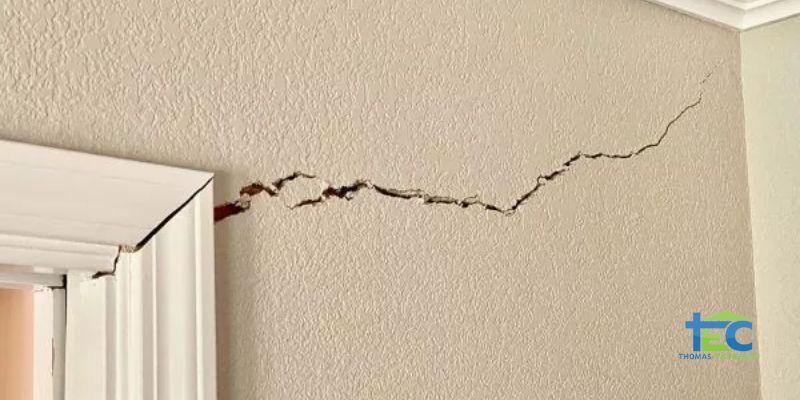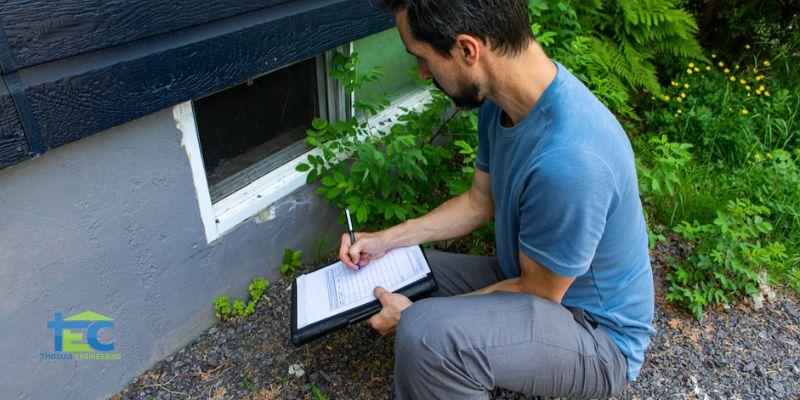
It’s a beautiful day in Texas. The birds are chirping and the kids are happily playing in the yard. You spontaneously decide to open the windows and invite in the fresh air. There is only one problem; the window is stuck. In fact, several windows throughout the house refuse to open properly. Then, you notice a crack extending from the corner of the window frame up to the crown molding. Panic sets in.
You begin to ask yourself…
Does this house have foundation problems?
Will I lose the money I invested?
How will I afford to send the kids to college?
What about my retirement?
Maybe that is a tad overdramatic, but we get it! We’ve all heard the horror stories about homes needing $100,000 worth of foundation repair. The good news is that extreme cases like that are rare. However, when it comes to foundation problems, early detection is the key to maintaining your sanity (and home equity).
Sticking Doors, Jammed Windows, and Cracks – Signs of Foundation Problems?
All the above indicate foundation settling, but only a licensed Professional Engineer can determine if there is cause for alarm. Keep in mind that foundation damage is very common in Texas due to the presence of expansive soil.
Dallas is home to Texas Blackland Prairie soils. The clay soils in this region have high shrink-swell properties that require special design accommodations to ensure proper structural integrity.
Structural or Non-Structural?
Concrete slabs such as patios, sidewalks, and garage floors are often the first structures to show signs of foundation settling. So how can you tell if a crack is structural or cosmetic? One of the typical signs of a non-structural defect is that the crack is very thin or narrow, almost hairline. There is also no noticeable broken or dislocated masonry surrounding the crack.
On the other hand, cracks that may indicate structural failure tend to be wide. They often appear in a stair-step pattern and lead to displaced or crumbling masonry. When the concrete or masonry is disturbed, areas nearby begin to shift into the void space. For example, when doors and windows go out of alignment, it is usually the result of shifting exterior walls.
Look closely, your foundation may be trying to tell you something.
Unlevel pavement is a common sign that the soil beneath the concrete is settling.
Notice the frieze board separating from your brick? You may need a foundation inspection.
Detective Work
In the Dallas – Fort Worth metroplex, precipitation levels are generally low so you can rule out the probability of wood bloat causing windows to stick. However, it is highly likely that your home is constructed on expansive clay soil.
Expansive Clay Soil
The hot Texas sun scorches the soil during the summer months, robbing its moisture and causing the clay to shrink. When the clay soil retracts, the foundation moves as well. When moisture levels increase in the winter, the clay swells and the foundation lifts. This kind of back and forth movement stresses the concrete slab and often leads to cracking.
Homeowners tend to notice the most extreme signs of foundation settling during periods of excessive dryness or after a heavy rainfall.
If you have a combination of sticking doors, wide cracks and displaced masonry, then it’s time to call in the professionals who can best help you deal with your foundation problems.






